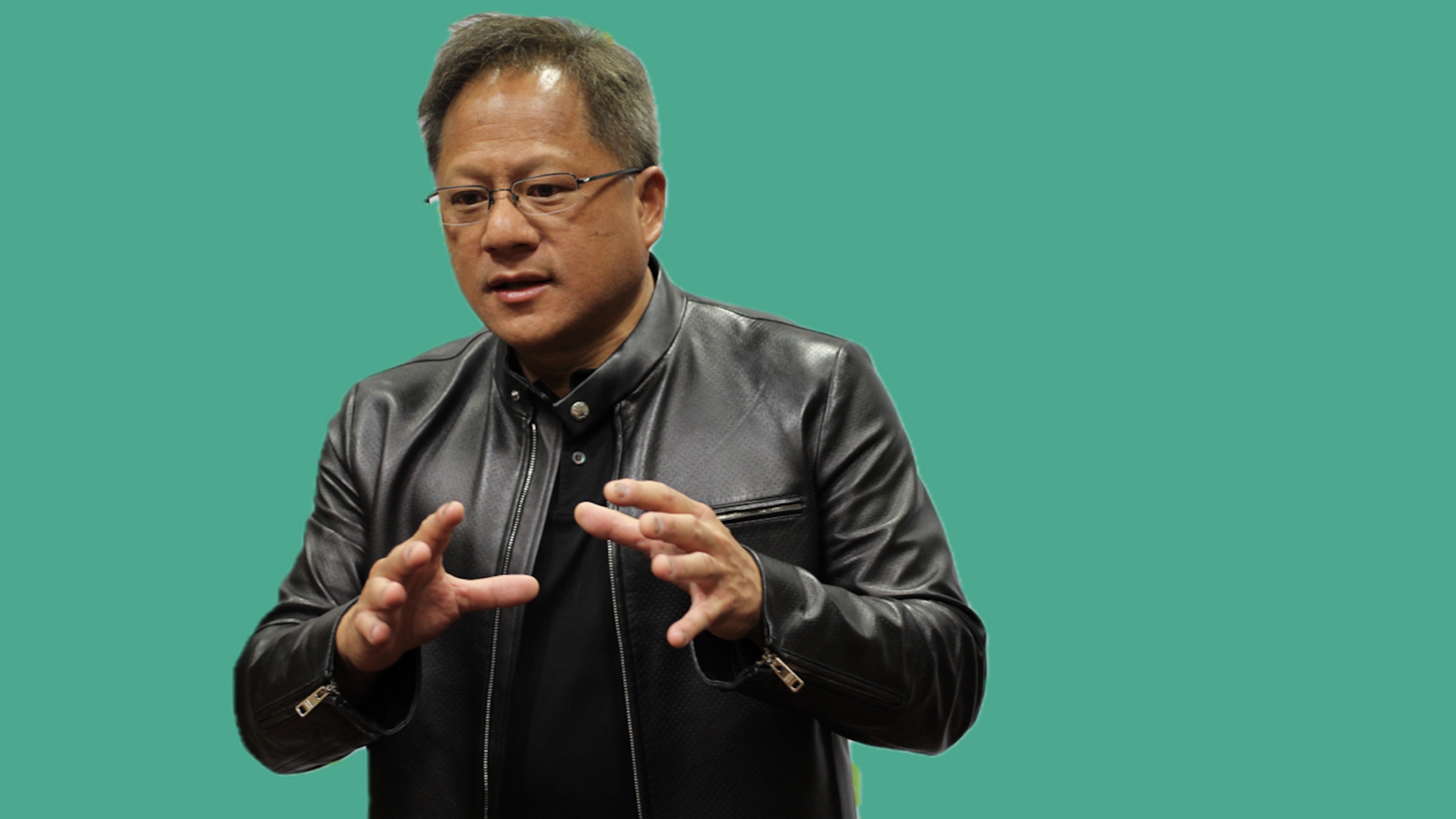What Does This Mural Look Like to You?

“What does it look like to you?” asked the Boston Fox News affiliate on its Facebook page in regards to a mural (shown above) by the Brazilian street artists Os Gêmeos erected in Dewey Square. Responses soon flooded in calling the masked figure a “terrorist,” a “Muslim,” and much more racially worse. Some (including a piece in The Boston Globe) accuse the Fox affiliate of stirring up racial tensions for ratings, while others decry the mural (titled The Giant of Boston) as an insensitive image for an American audience and particularly the Boston people, who remember that the 9/11 flights took off from their city. Racism, exploitation, insensitivity—all these are in the eye of the beholder. But the real questions might be what does this mural look like to you, and what does your answer mean?
Twin brothers Otavio and Gustavo Pandolfo comprise Os Gêmeos, which is simply Portuguese for “the twins.” The Giant of Boston is one of three murals placed about Boston by the brothers to accompany their first solo exhibition in the United States at the Institute of Contemporary Art, Boston. If you look at their work shown on the ICA site or their own site, you’ll see that they make great use of the same masked, decoratively dressed, yellow-skinned character in The Giant of Boston, which the Pandolfo brothers claim comes from their Brazilian culture and other sources, including their dreams, which the twins claim to share. A similar giant-sized masked figure appeared in Lisbon, Portugal in 2011 with no controversy. What do the brothers see or want people to see in the mural? “We don’t really want to explain the meaning of this,” brother Gustavo told the Boston Phoenix. “We let people imagine things.” Unfortunately, imaginations can run wild.
Boston Globe columnist Lawrence Harmon provided local perspective on the controversy. “Bostonians may lack knowledge of the vernacular of Brazilian street art,” Harmon concedes. “But the artists from Brazil may be a little fuzzy on Boston sensibilities [regarding 9/11], too.” Harmon delivers a bit of a low blow when he suggests that the “Brazilian artists may not care” about American or Bostonian sensibilities because the Brazilian government “hasn’t bothered even to enact anti-terrorism legislation” and allows “terrorist groups [to] comfortably conduct their financial transactions in Brazil.” Equating Brazilian government policy with the personal stance of Brazilian artists, especially “street” or subversive artists such as the Pandolfo brothers, seems a stretch, but it’s a good indication of just how sensitive a nerve this mural has struck.
Harmon contends that the approval process for the content of the mural was fast-tracked and not properly vetted. “Basically, no one at the ICA, Greenway Conservancy, or Art Commission knew exactly what the mural would look like until it was finished,” he writes. Considering that Os Gêmeos has frequently used that character in large-scale murals as well as in its work, I find it hard to believe that it was never on the minds of the approving authorities. Or maybe they did know and didn’t think it would arouse such controversy.
What does it look like to me? On first glimpse, I, too, see a terrorist’s face. As an American, I’ve been conditioned for over a decade to see terrorists lurking in the shadows. Upon further review, however, I see Os Gêmeos’ cartoonish lines and the Bart Simpson-esque yellow skin tones. How, exactly, can this strike fear into any heart? When people casually throw around the phrase “letting the terrorists win,” I usually cringe, but it seems useful here. If a mural can arouse such angst, then we have lost regardless of what military victories we score. The Giant of Boston might be a giant headache for some people, but it’s also a giant indicator of where our minds are.





